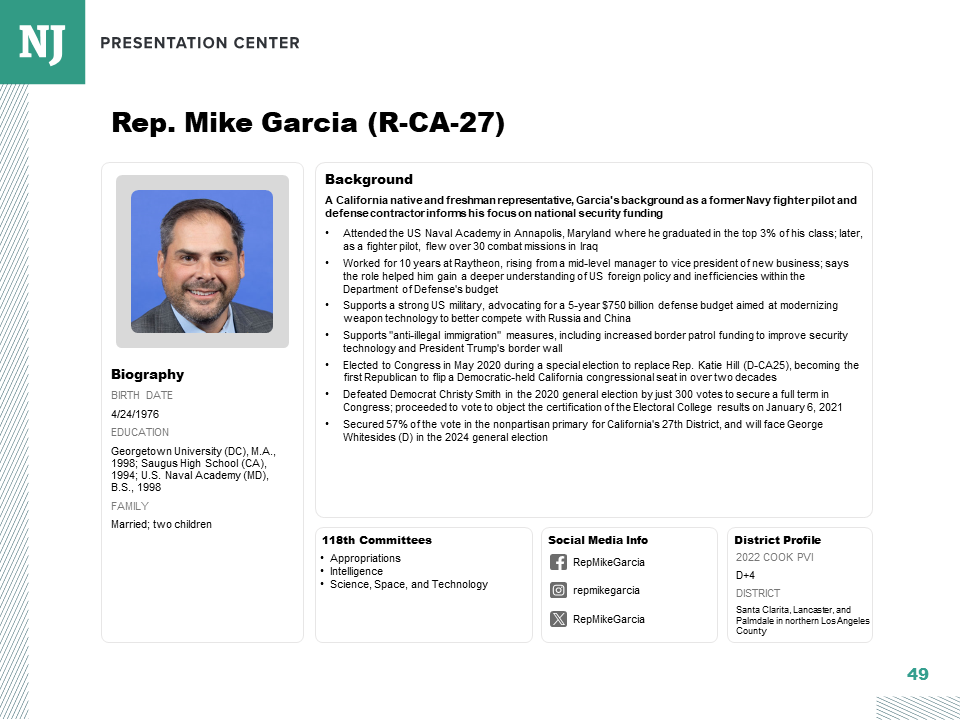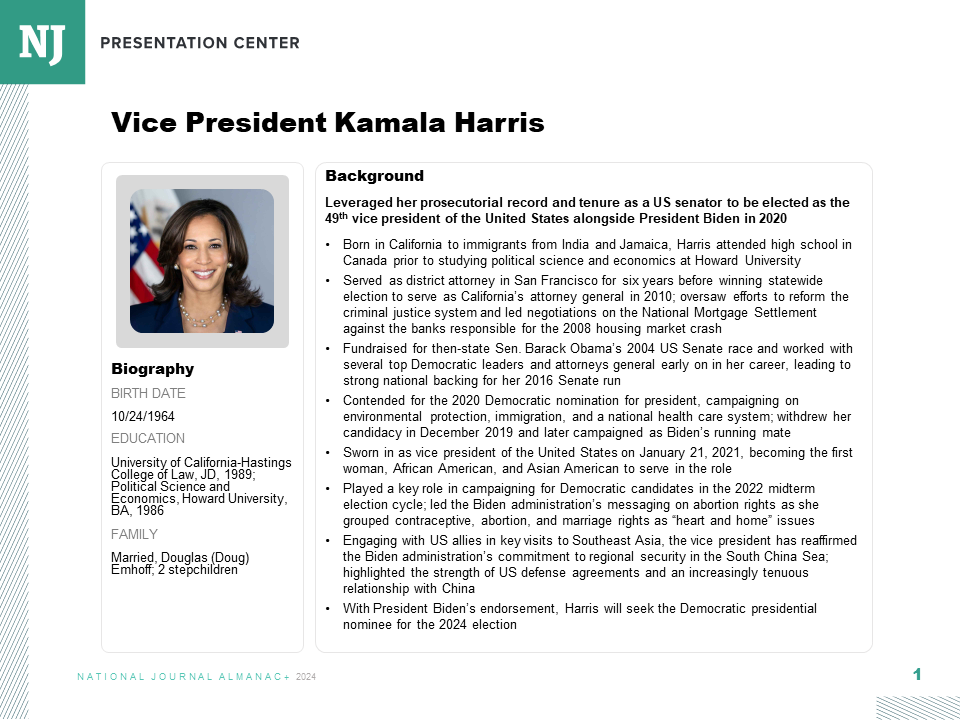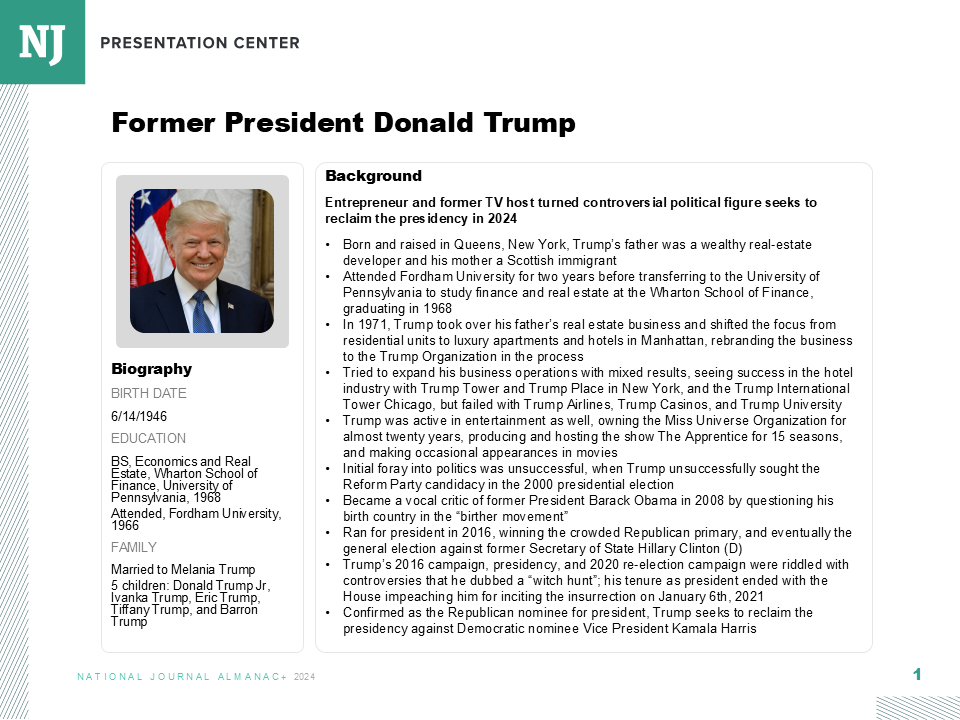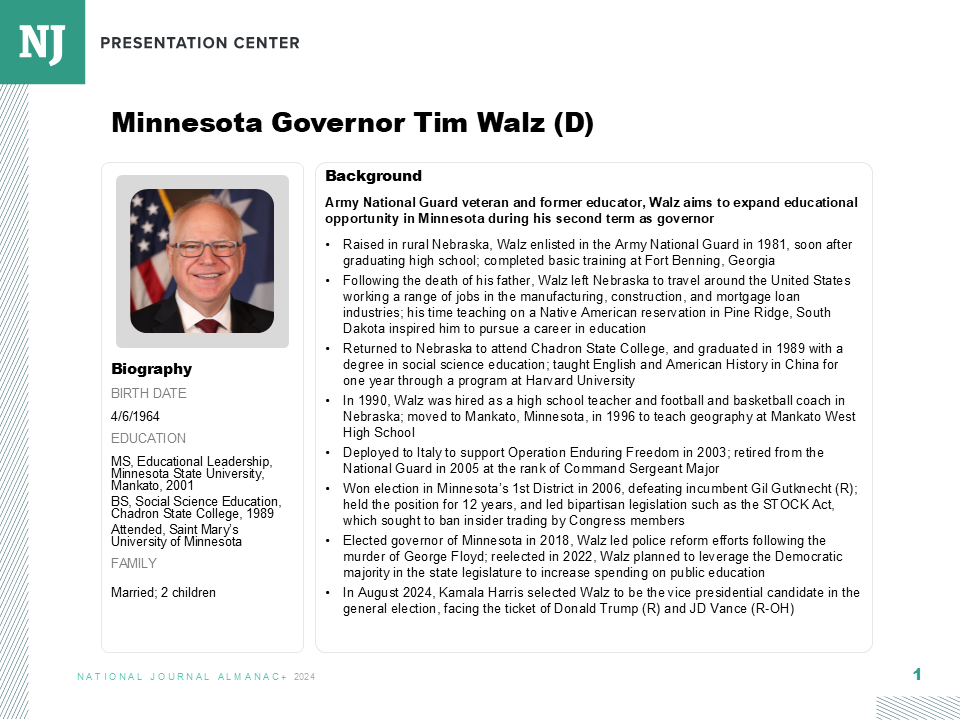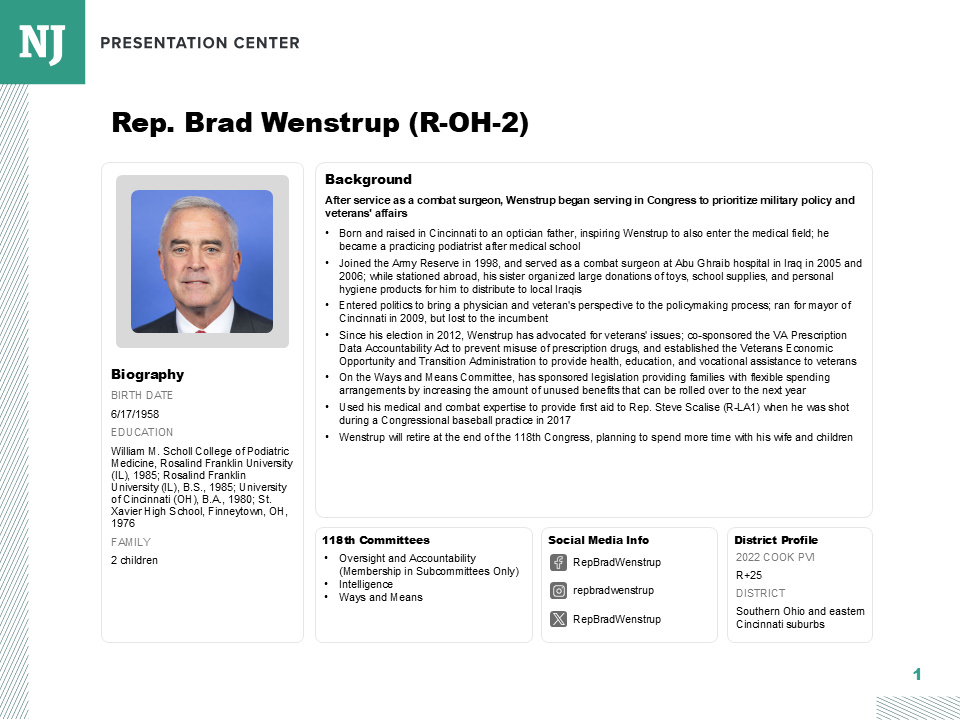Editor's Note: This story first appeared in Margins to Mainstream, our new special report on alternative media. Click here to read the entire issue.
When he entered office for the second time, President Trump claimed he had a “mandate” from voters to enact his agenda. Looking at the margin of his electoral victory and his shrinking approval ratings, that might not be the case. But it is if you ask Truth Social users.
Trump launched Truth Social in February 2022 after he was kicked off of mainstream social media sites following the Jan. 6 insurrection. The platform hosts roughly 7 million unique monthly visitors, according to the web-analytics firm Similarweb. Gab, another right-wing alternative social media platform, has just over 500,000 unique monthly visitors.
Part diary, part policy workshop, and part official communications arm of the White House, Truth Social features posts from the leader of the free world roughly 29 times a day and at all hours. Trump’s use of social media gives him a direct line to his most ardent supporters. Their immediate reactions to his posts can give him cues on how to further ingratiate himself to them.
“Trump created Truth Social because he wanted to have a media outlet that he controlled, where his followers could come and hear his pronouncements, and that he couldn’t get voted off of,” said Nicole Hemmer, a professor of history at Vanderbilt University. “It matters that he was setting up Truth Social after he had been expelled from Twitter and Facebook because of his support of violence at the Capitol.”
Trump’s country-by-country tariffs announced earlier this month caused the Dow to drop by more than 1,600 points within a day, then by more than 2,200 points that Friday. On X, users blasted him for the move, saying it would tank the economy. On Truth Social, users said they were proud to have voted for him and that it was a move in the right direction.
A 2023 study from the Pew Research Center found that 15 percent of prominent accounts on alternative social platforms have been banned or demonetized on other social media sites.
“His followers are not going to get kicked off of his site for supporting him, and that binds them more closely to him,” Hemmer said.
When signing up for Truth Social, new users are prompted to automatically follow more than 40 accounts, including those belonging to White House officials such as press secretary Karoline Leavitt, Director of National Intelligence Tulsi Gabbard, and Health and Human Services Secretary Robert F. Kennedy Jr. The site also has users auto-follow news organizations such as The Daily Wire, The Washington Times, stock-market tracker Unusual Whales, and conservative outlet Resist the Mainstream.
Trump frequently links out to YouTube, Rumble, the Washington Examiner, the New York Post, and Newsmax. He also posts screenshots of tweets from the House and Senate GOP, Elon Musk, and dark-web kingpin Ross Ulbricht.
Trump has espoused conspiracy theories since he entered politics, starting with false claims that President Obama was born outside the U.S. Now, he enjoys control over a social media platform that allows him to spread false claims, including that the FBI ordered the July 13 attempt to assassinate him, that the 2020 election was fraudulent, and that the federal government orchestrated the Jan. 6 attack on the Capitol.
“He is not just appealing to regular, Reagan Republicans,” said Joseph Uscinski, professor of political science at the University of Miami. “He has built a different core of supporters, and he’s built them by using populist appeals, conspiracy theories, and a lot of incendiary language around issues of immigration and race and sex.”
Politicians on social media platforms “embrace more extreme rhetoric because they are performing for an online audience,” Hemmer said.

That online audience translates into real-world actions.
“That extreme rhetoric and the misinformation and disinformation that circulates online, that makes its way into confirmation hearings, it makes its way into Congress, it makes its way into various forms of legislation,” Hemmer said.
The audience that gives Trump praise and political power on Truth Social can also be a liability if they come to expect certain things from him and he fails to deliver.
In August 2021, Trump was booed at an Alabama rally for telling audience members they should get vaccinated.
In February, after saying he wanted the U.S. to “own” Gaza, Trump received backlash for posting an AI-generated video on Truth Social showing him with Israeli Prime Minister Benjamin Netanyahu sipping cocktails, a golden, towering statue of Trump, and bearded belly dancers.
Some Truth Social users said the video was “in poor taste,” with some Christian supporters expressing dismay over the idolatry of the golden statue and the raciness of the belly dancers.
Any actions Trump takes on Truth Social that his base dislikes impact not just his reputation, but his bottom line. According to the company’s most recent disclosures, Truth Social made about $4.1 million in 2023—not nearly enough to cover its losses of about $58 million.
In December, Trump placed his $4 billion stake in Truth Social’s parent company, Trump Media and Technology Group, into a trust controlled by his son, Donald Trump Jr. The senior Trump is the sole beneficiary of the trust. As of April 15, his shares in Trump Media are worth about $2.3 billion.
Trump is contractually obligated to post on Truth Social before he posts on other platforms, though the rule does not apply to posts relating to politics. Trump Media’s stock fell after Trump returned to the Elon Musk-controlled X in August. Plus, there are 4 billion reasons for him to make sure Truth Social is successful.
Last month, Trump posted a promotion for his meme coin, calling it “the greatest of them all!!!!!!!!!!!!!!!!”
“What seems to be most important to him in public life is saying the thing that is most useful to him in the moment,” Hemmer said.



